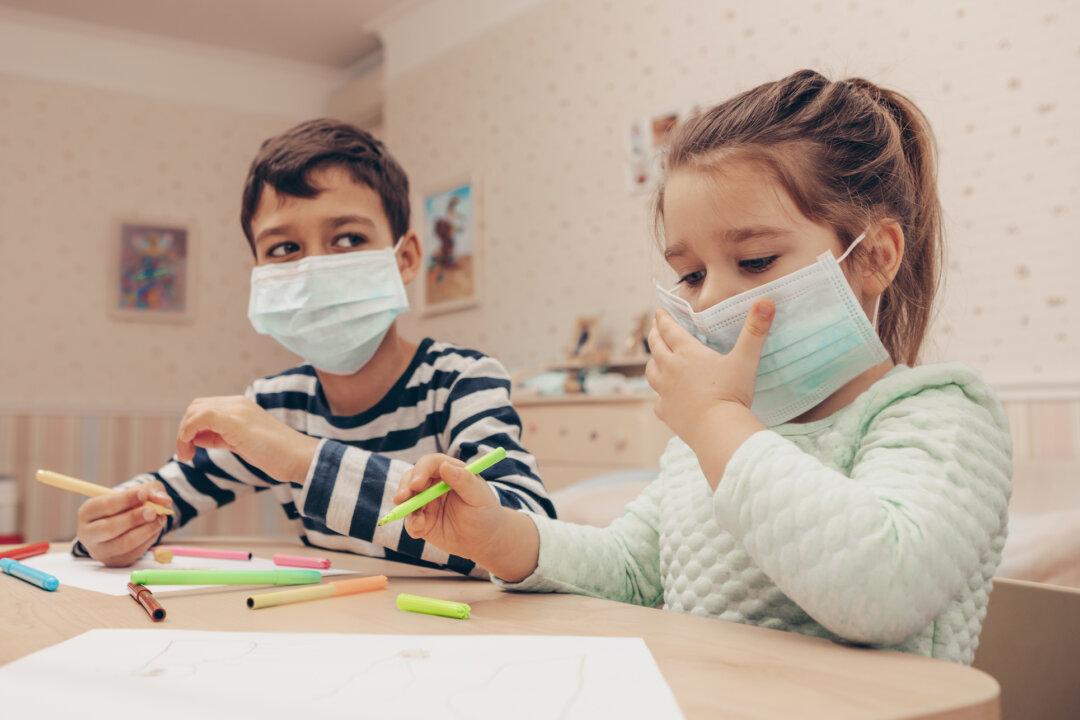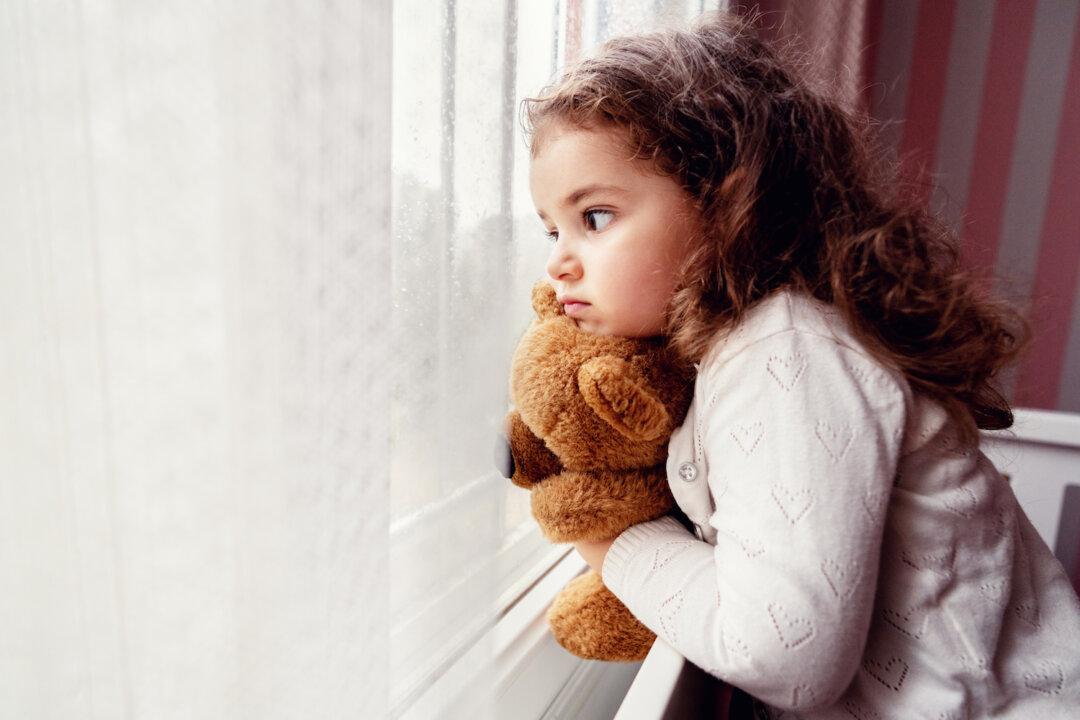Dr. Avery Jackson, a board-certified neurosurgeon based in Michigan, performs complicated brain surgeries in the operating room as often as four times a week. During these surgeries, which can last for up to eighteen hours, Jackson, who is Chief Executive Officer and Medical Director of Michigan Neurosurgical Institute in Grand Blanc, wears a surgical mask.
While masks make sense in the operating room, Jackson said, people—especially children—should not be wearing masks in their everyday lives.






